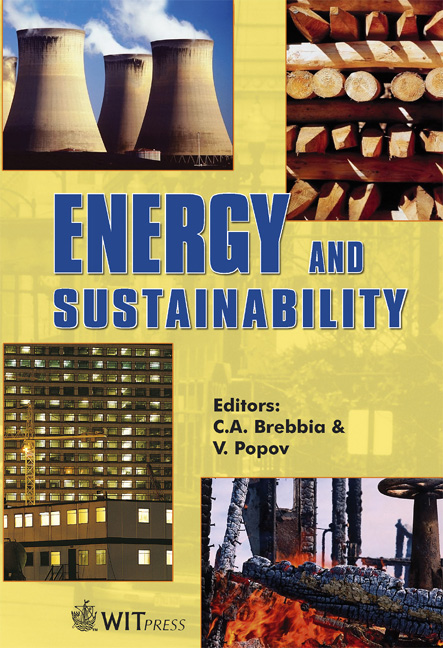Barriers To Energy Crops In Poland – From The Farmers’ Perspective
Price
Free (open access)
Transaction
Volume
105
Pages
9
Published
2007
Size
275 kb
Paper DOI
10.2495/ESUS070211
Copyright
WIT Press
Author(s)
H. Nilsson, K. McCormick, E. Ganko & L. Sinnisov
Abstract
With the recent expansions of the European Union, there are now 12 new member states that are implementing European policy. One of these policies, with implications for energy production and security, is the Common Agricultural Policy. This article will focus on the impact the Common Agricultural Policy can have on farmers in Poland who have been encouraged by calls to cultivate energy crops. In addition, this article investigates the barriers recognized by farmers in Poland to cultivating energy crops, willow in particular. The identified barriers were grouped into four categories: financial, informational, organisational, and market factors. It was also observed that levels of subsidies for energy crops differ between established member states (EU15) and new member states. Finally, this article discusses how small farmers can create cooperative links and find markets for energy products as one possible step towards increasing Poland’s renewable energy production. Keywords: bioenergy, energy crops, Poland, Common Agricultural Policy. 1 Introduction and background The European Union (EU) has continued to grow over the decades since its birth in 1957. The largest wave of new entrants came in 2004, with 10 new members, including Poland. With this expansion, there are now a number of new member states that are incorporating European policy into their national policies. One of these policies, with implications for energy production and security, is the
Keywords
bioenergy, energy crops, Poland, Common Agricultural Policy.





